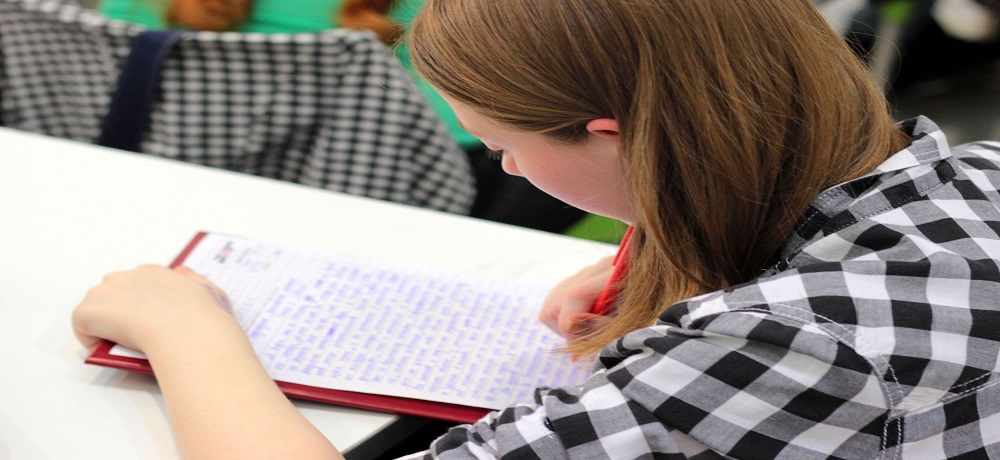
Now we are past the midpoint of the autumn term, and the initial rush of inductions and information literacy introductory classes that make up most of an academic librarian’s life at this time of year are starting to subside, it’s got me in a reflective mood. Due to some medical issues I was still working entirely from home during autumn 2021, so this is the first autumn term I’ve experienced that’s as close to “back to normal” as we’ve been for a while.
“Back to normal” in quotes there as, for as much as I keep hearing people refer to us being “post-covid” or “post-pandemic”, I am conscious that covid is still very much with us! The high levels of sickness absence among both staff and students are pretty clear evidence of that. But regardless, behaviour seems to have shifted back to pre-covid norms, for better or for worse, and in my own institution we’re back teaching mostly in person again rather than via Teams or Zoom.
I don’t know if this is because I’ve been out of the classroom for a couple of years, so I’m seeing this with fresh eyes, but our students this year (particularly the first years!) seem much more eager to learn than I remember. I have to wonder, is that just my perception, as I’m so delighted to be back in a classroom again rather than attempting to teach to a series of blank squares on my laptop screen? Or is this actually a difference in student attitudes?
It’s made me think about the learning experience of our students to date. 18-year-olds starting university this academic year in the UK would have been in their GCSE year when the pandemic hit. They would then have spent the past two years in further education, learning mainly online and dealing with the uncertainties of how their education would continue. Could it be that, having experienced all of that disruption and how difficult it was to learn with little hands-on support, they are more motivated to seek out help and make the most of the facilities now available to them?
On the flip side, our final year students – although also seeming more motivated and keen to learn than I remember previous years being – in some cases seem to have fallen behind in terms of their information literacy. I find I’m going over material I would usually cover with first years in my final year classes, and I’m seeing final year students in one-to-ones who are really struggling with the basics of literature searching.
I recently came across this excellent Twitter thread (also available as a web page in case links to Twitter become unreliable for any particular reason…) from an American educator on how he has reset expectations for his students regarding participating in class discussions. I really liked his point about how skills such as contributing to discussions do not come naturally but need to be learned, and how two years of mostly virtual lessons have meant that many have not had the opportunity to do so. Could the same be true for information literacy? Have students missed out on developing skills they would have learned through working collaboratively in class, guided by a librarian, rather than attempting to learn solely through online and/or pre-recorded lectures?
And as always, I worry about the students that we don’t see. We are certainly getting more requests for one-to-one support for students via our appointment booking system, and I’m delighted that students who have had such a disrupted experience for the past few years are taking the opportunity to seek help. However, I’m sure there are those for whom the years of disrupted learning have had the opposite effect. How do we reach those who have got used to struggling alone, and may not feel comfortable in asking for help – or may not even realise that is an option?
Is anyone else noticing different learning behaviours in their students now, compared to the Before Times? Has anyone come up with good ways to encourage the less confident students to access help and support?
Laura Woods is the Deputy Chair of the CILIP Information Literacy Group.



Interestingly, I’m having the opposite experience: far fewer sign-ups for one-to-ones, accompanied by much lower attendance at library instruction.
I think students have got used to the default of figuring things out for themselves (and have also lost social confidence) so are more reluctant to make appointments, but it’s the reduction in attendance at IL lectures that really worries me. Have they got out of the habit of attending every timetabled class, so are skipping the ones that they think will be boring/unimportant/not in the exam? It’s going to be a real challenge to get them back into the mind set of “every lecture is on the course for a reason, is part of the curriculum, and you need to engage with it” when they’ve been able to sign in on Collaborate and then do something else during the lecture. I’ve spoken to students informally who have admitted that they were regularly signing into lectures on one screen and then gaming on the other, so they are finding the return to on-campus teaching “boring”.
Thank you for the comment! I’m definitely seeing some of this disengagement as well, particularly from second and final year students. I think it’s really challenging to get students back into the habit of engaging with learning when they’ve really just been left to their own devices for some time, and often haven’t had that early experience of developing good study habits in their first year.